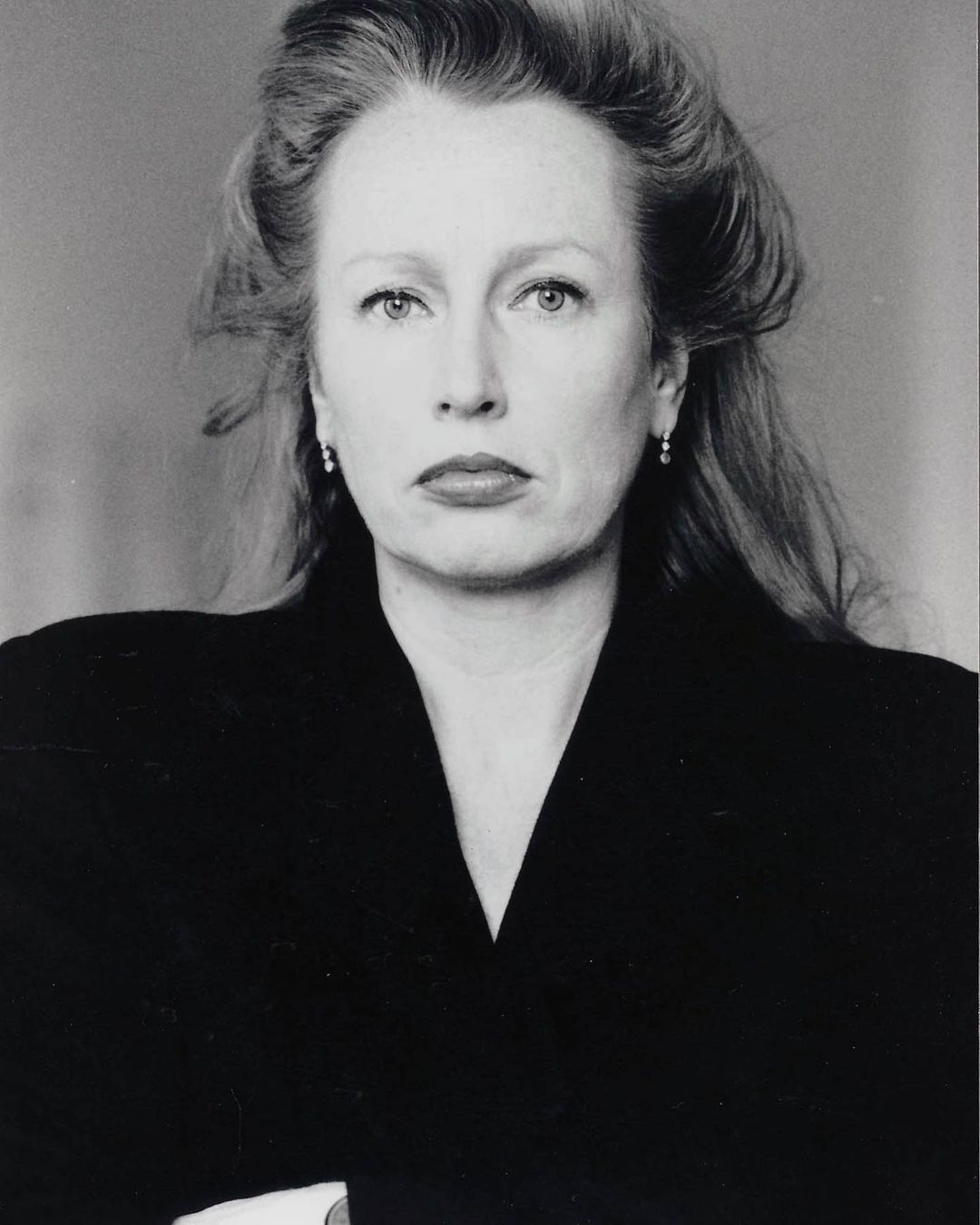News
Rebecca Horn, 1944–2024

On September 6, Rebecca Horn, a German artist renowned for her bionic sculptures, installations, performances, and body art, passed away in Bad König, Germany, at age 80. The news was announced by New York’s Sean Kelly Gallery, which has represented her since 2002.
Horn was born in 1944 in Michelstadt, a town in Germany’s southern Hesse, to Jewish textile manufacturers. Growing up in the immediate aftermath of World War II affected her deeply. As Horn told The Guardian in 2005, drawing became her only solace: “We could not speak German. Germans were hated . . . We were always traveling somewhere else, speaking something else. But I had a Romanian governess who taught me how to draw. I did not have to draw in German or French or English. I could just draw.”
While this sparked Horn’s desire to become an artist, her parents wanted her to someday take over the family factory. She attended a course in machine-knitting to appease them, but at 19 she secretly began studying philosophy and art at the University of Fine Arts of Hamburg. She moved to Barcelona in 1964 to continue these pursuits, but her studies were cut short in 1967, when she suffered severe lung poisoning from experimenting with hot polyester resin without a mask. Horn spent the next two years at a hospital recovering—an isolating experience compounded by the news of her parents’ passing. Lonely and bedridden, she turned to writing, drawing, and sewing, focusing on the human body, life and death, and grief.
During her hospitalization, Horn created her iconic Personal Art series (1968–72), fixating on “body-extensions” and wearable sculptures. One such work is Unicorn (1970–72), a long, white cone resembling a unicorn’s horn which she strapped to the head of a semi-nude female performer (a fellow student) and filmed. She created a similar performance-video, Head Extension (1972), for Documenta 5, a major art exhibition in Kassel—making Horn, aged 28, the youngest participating artist. Another notable performance work from this period is Pencil Mask (1972), involving a cage-like headpiece made of fabric, with pencils protruding from the straps like needles, allowing its wearer to draw from it.
After her Documenta debut, Horn moved to New York, where she lived for almost a decade. She produced her first film The Gigolo (1978), showcasing a dancer wearing her mechanical sculpture made of white ostrich feathers, The Feathered Prison Fan (1978). Four years later, Horn returned to Germany to exhibit Peacock Machine (1982) at Documenta 7: the dynamic installation featured a metal semicircle, from which a series of white metal rods fanned out like a peacock’s tail, slowly waving back and forth.
While Horn denied that her art contained a clear message, many of her works were politically charged. During the late 1980s and ’90s, she began to create large-scale kinetic installations addressing historical memory. Notable works include Concert in Reverse (1987), a multipart installation at an old municipal tower in Münster that served as an execution site during the Third Reich; Tower of the Nameless (1994), comprising ladders and mechanical violins which ascend to the balcony of a private Viennese house in tribute to victims of the Yugoslav Wars; and Concert for Buchenwald (1999), a site-specific installation near the eponymous concentration camp in Weimar featuring 40-meter-long walls filled with ash and train tracks covered in broken musical instruments, representing Holocaust victims.
Though she was most active in Europe and the United States, Horn harbored a long-rooted connection to Asian spiritualism. In 2023, she held an exhibition titled “The Journey to China” in Beijing’s Hua International gallery, which traced her physical and spiritual resonance with Asian philosophies. In an interview with the German press agency dpa, a 70-year-old Horn stated that she was not afraid of dying: “My connection to Buddhism has helped me. You are involved in a process that never ends.”
Throughout her six-decade-long career, Horn has received dozens of accolades, including the Carnegie Prize (1988); the Japan Art Association’s Praemium Imperiale (2010) for sculpture; the French government’s Order Pour le Mérite for Sciences and the Arts (2016); and the Order of Merit of the Federal Republic of Germany (2019), among others. Her work was exhibited at the 59th Venice Biennale in 2022, and she has held over 100 exhibitions in prominent institutions across the globe, such as the Nationalgalerie in Berlin, London’s Tate Modern and Serpentine gallery, the Guggenheim in New York, and the Museum of Contemporary Art in Tokyo.
Horn’s work is currently on view in a major retrospective at Munich’s Haus der Kunst, running until October 13, and in an exhibition titled “Concert of Sighs” at the Berlin-based Galerie Thomas Schulte, which will run from September 11 to November 2.
Annette Meier is an editorial intern at ArtAsiaPacific.







